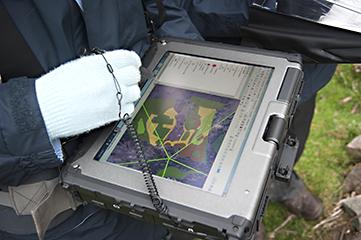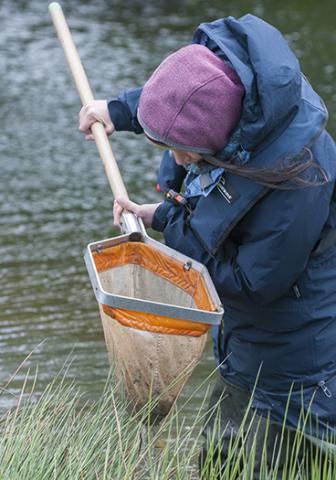Agriculture covers 81% of Welsh land – this makes farmers among the most critical stakeholders in Welsh Land Use policy. Meeting the demand for food, improving biodiversity, reducing pollution and greenhouse gas emissions and also adapting to climate change is a huge challenge.
The Welsh Government established the Glastir sustainable land management scheme to help balance these needs, providing farmers and land managers with financial support to implement environment-friendly practices.



